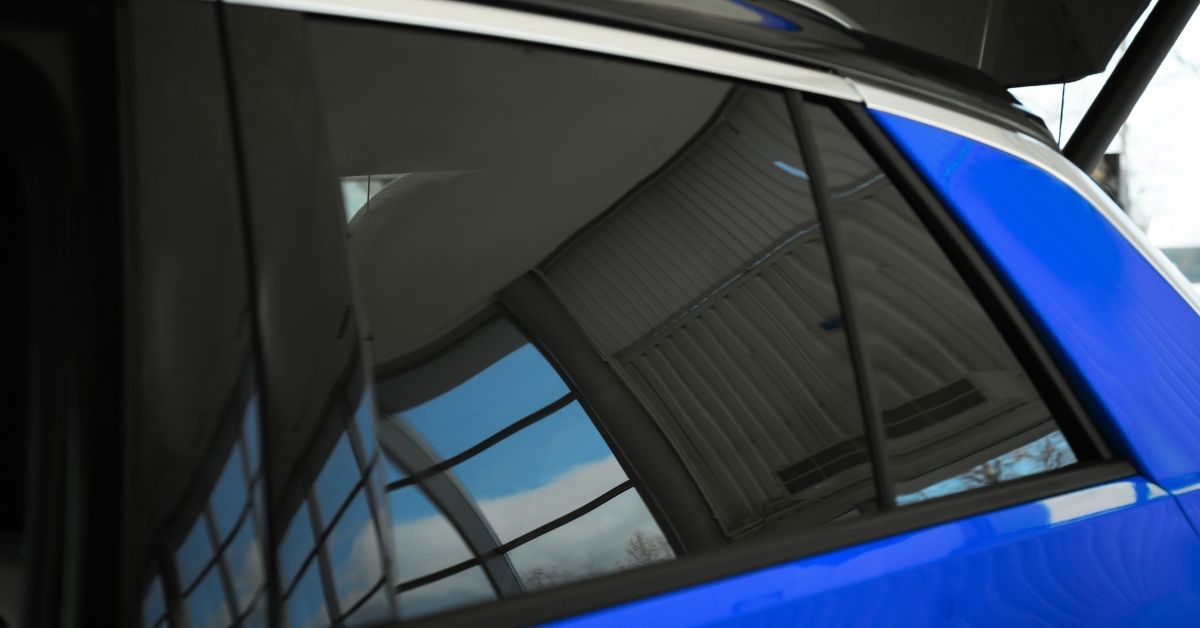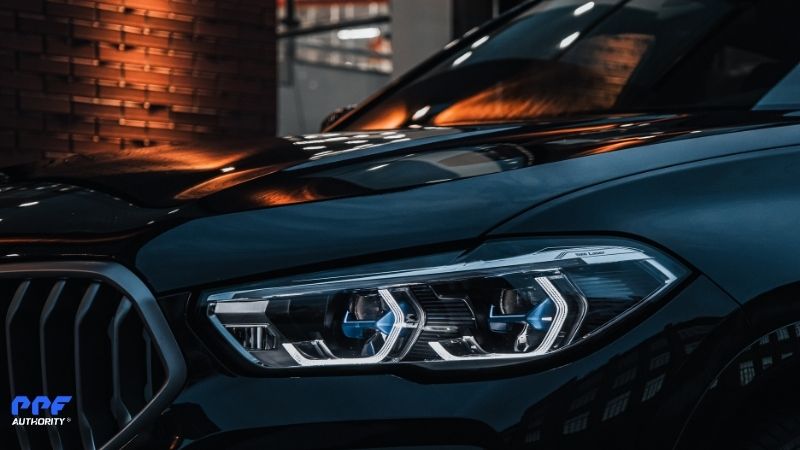Window tinting is a popular upgrade for vehicles, offering benefits like improved privacy, reduced heat, and UV protection. However, not all window tints are created equal. Various types of tint materials and technologies provide different levels of performance, durability, and aesthetics. Choosing the right window tint requires understanding the options available and how they meet your specific needs.
In this article, we’ll explore the most common types of window tint, including dyed, metallic, carbon, ceramic, and hybrid tints, and break down their features, benefits, and drawbacks.
1. Dyed Window Tint
Dyed tint is one of the most affordable and widely used types of window film. It uses a layer of dye to block sunlight and reduce heat.
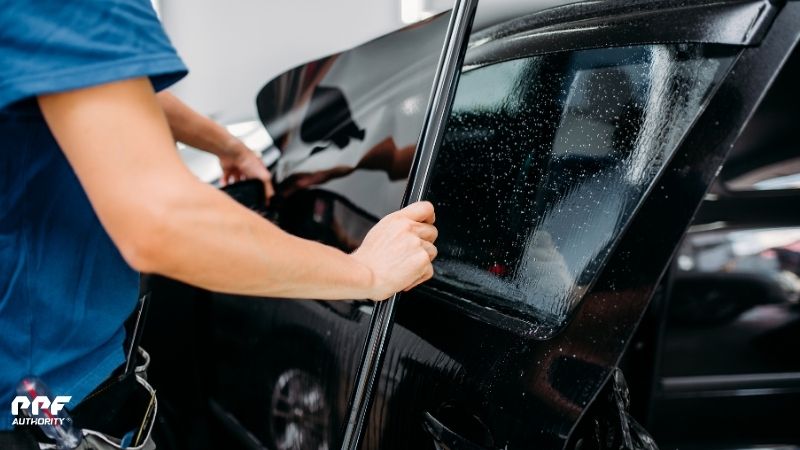
Features
- Made of multiple layers, including an adhesive layer, dyed layer, and protective top coat.
- Available in various shades to suit privacy and aesthetic preferences.
Advantages
- Affordability: Dyed tint is budget-friendly and accessible.
- Glare Reduction: Effectively reduces glare, improving visibility.
- Appearance: Provides a sleek, dark look to your vehicle.
Drawbacks
- Heat Rejection: Limited heat-blocking ability compared to other types.
- Durability: The dye can fade or discolor over time, especially with prolonged sun exposure.
Best For: Car owners looking for an inexpensive option for privacy and basic UV protection.
2. Metallic Window Tint
Metallic tint incorporates tiny metallic particles into the film to reflect sunlight and heat.
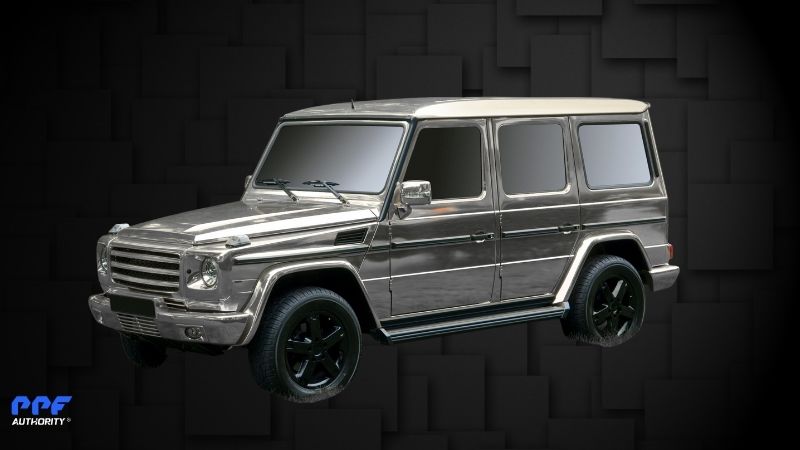
Features
- Made with metal layers that enhance durability and performance.
- Produces a shiny, reflective appearance from the outside.
Advantages
- Superior Heat Rejection: Reflects sunlight effectively, keeping the car cooler.
- UV Protection: Blocks harmful UV rays to protect passengers and interiors.
- Durability: Resistant to fading and discoloration, making it longer-lasting than dyed tint.
Drawbacks
- Signal Interference: The metal layer can block or disrupt signals from GPS, cell phones, and radios.
- Reflective Appearance: Some car owners may not prefer the mirror-like look.
Best For: Those seeking high heat rejection and durability, but who don’t rely heavily on electronic devices in their vehicles.
3. Carbon Window Tint
Carbon tint uses carbon particles in its construction to provide excellent UV and heat-blocking capabilities without the reflectivity of metallic tints.

Features
- Non-metallic and non-reflective, offering a matte finish.
- Designed to resist fading over time.
Advantages
- Heat Rejection: Blocks infrared radiation effectively, keeping interiors cooler.
- Signal Compatibility: Does not interfere with GPS, cell phone, or radio signals.
- Fade Resistance: Maintains its color and performance for years.
- Aesthetic Appeal: Offers a modern, matte finish that enhances the car’s look.
Drawbacks
- Cost: More expensive than dyed and metallic tints.
Best For: Car owners looking for a balance of heat rejection, durability, and aesthetic appeal without sacrificing signal functionality.
4. Ceramic Window Tint
Ceramic tint is the most advanced and high-performance window film available, using nano-ceramic particles to block heat, UV rays, and glare.
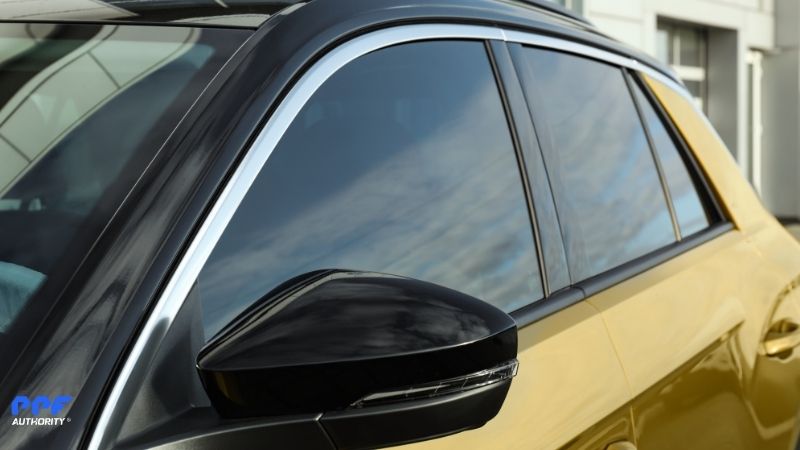
Features
- Contains microscopic ceramic particles that are non-metallic and non-conductive.
- Maintains clarity while blocking harmful radiation.
Advantages
- Superior Heat Rejection: Blocks up to 99% of UV rays and significantly reduces infrared heat.
- Glare Reduction: Improves visibility by cutting down on glare from sunlight and headlights.
- Signal Compatibility: Fully compatible with GPS, cell phones, and radio signals.
- Durability: Resistant to fading, cracking, and bubbling over time.
- Enhanced Clarity: Maintains excellent visibility, even with darker tints.
Drawbacks
- Higher Cost: Ceramic tint is the most expensive option.
Best For: Those seeking the highest level of performance, durability, and comfort, especially in extreme climates.
5. Hybrid Window Tint
Hybrid tint combines dyed and metallic layers to offer a balance of performance and affordability.
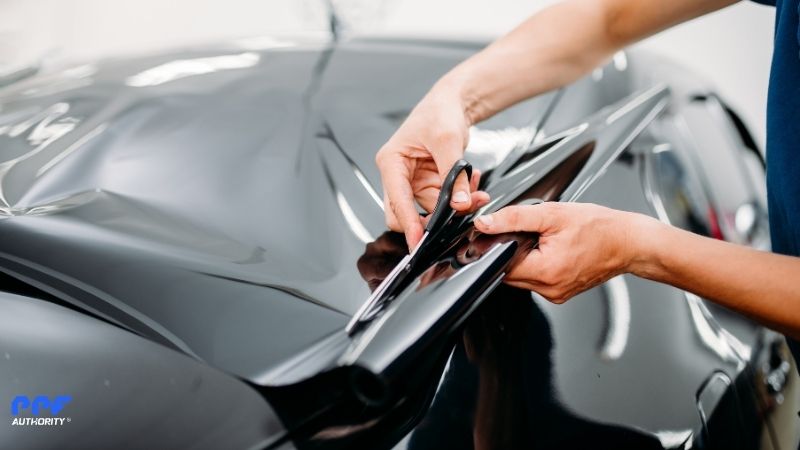
Features
- Includes both dye and metal particles in its construction.
- Reduces glare and improves heat rejection without excessive reflectivity.
Advantages
- Balanced Performance: Offers better heat rejection and durability than dyed tints, at a lower cost than ceramic options.
- Reduced Reflectivity: A subtler appearance compared to fully metallic tints.
- Affordability: More cost-effective than carbon or ceramic tints.
Drawbacks
- Signal Interference: May cause minor disruptions to GPS or cell phone signals due to the metallic layer.
- Moderate Durability: While better than dyed tints, it’s not as long-lasting as ceramic or carbon films.
Best For: Those looking for a middle-ground option that offers decent performance at a reasonable price.
Comparison Table: Types of Window Tint
| Type | Heat Rejection | UV Protection | Durability | Aesthetics | Cost |
| Dyed Tint | Low | Moderate | Low ( fades over time) | Dark Appearance | Low ($50-$150) |
| Metallic Tint | High | High | High | Reflective Appearance | Moderate ($150-$300) |
| Carbon Tint | High | High | High | Matte, non-reflective | Higher ($250-$400) |
| Ceramic Tint | Superior | Superior | Superior | Clear or Dark, with high visibility | Premium ($350-$600) |
| Hybrid Tint | Moderate | High | Moderate | Balanced Loog | Mid-Range ($200-$350) |
Which Window Tint Is Right for You?
Consider Ceramic Tint If:
- You want the highest performance in heat and UV protection.
- You live in a hot climate or drive frequently in sunny areas.
- You prioritize durability and don’t mind a higher upfront cost.
Consider Carbon Tint If:
- You want a modern, matte finish with good heat rejection.
- You need a tint that won’t interfere with electronic signals.
- You’re looking for long-lasting performance at a slightly lower price than ceramic tint.
Consider Metallic Tint If:
- You prioritize heat rejection and durability.
- You don’t frequently use GPS or electronic devices in the car.
- You like the reflective, mirrored appearance.
Consider Dyed Tint If:
- You’re on a tight budget.
- You’re looking for a temporary or short-term solution.
- You want a dark, private appearance without needing advanced performance.
Consider Hybrid Tint If:
- You want a balance of performance and affordability.
- You’re looking for decent heat rejection without excessive reflectivity.
Conclusion
Choosing the right type of window tint for your car depends on your budget, performance needs, and aesthetic preferences. While dyed and hybrid tints are cost-effective solutions, carbon and ceramic tints deliver superior heat rejection, durability, and overall performance.
For the best results, consult with a professional installer to ensure your tint meets local regulations and is applied flawlessly. With the right choice, window tinting can transform your driving experience by enhancing comfort, protecting your car, and elevating its style.
